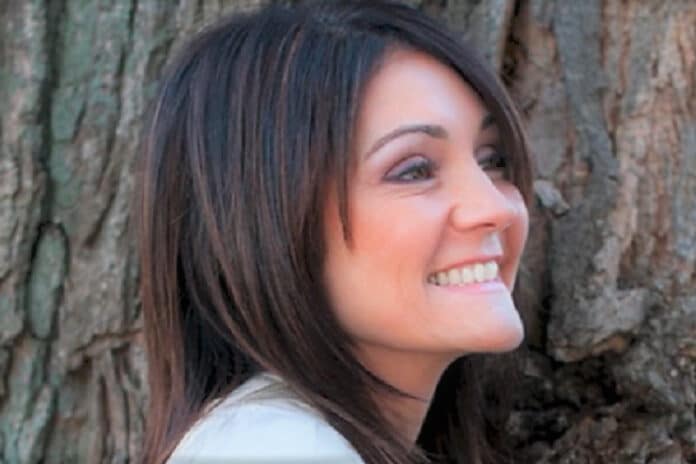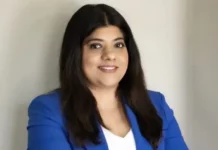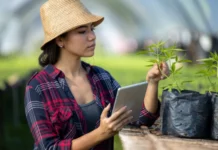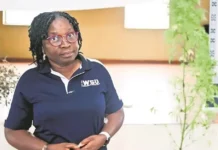When Rita Hall managed the renovation of a 10,0000-square-foot facility to house BeeHighVE, Newfoundland and Labrador’s first licensed producer of cannabis, the workers on the job preferred speaking to her husband.
“‘How come you want to know about all this stuff? Why don’t you just leave it to us?’” she recalls them saying to her. They had clearly neglected to look at the work order to see that Ms. Hall is the president and CEO of BeeHighVE alongside her husband, Mark German, who is vice-president.
“It was my idea. I am the founder of the company,” says Ms. Hall.
Ms. Hall has been steering the Corner Brook, N.L.-based craft cannabis company (which includes a retail store) since 2018. She came to the industry with leadership experience in information technology, which is notoriously male-dominated. But she’s been surprised to experience more of the same in cannabis.
“The cannabis industry is not great for women,” Ms. Hall says. “There are not a lot of women in senior roles – not at the C-suite level. It’s still mostly male-dominated.”
As an Indigenous woman heading up a licensed producer in a predominantly white industry, she has to contend with racial and cultural barriers, too. (BeeHighVE is 60 per cent owned by Indigenous shareholders as well.) She’s met few Indigenous females in leadership roles in this relatively new industry – medical cannabis became widely legal in 2013 while the recreational arm of the industry began in 2018.
A 2020 study out of the University of Toronto found that 84 per cent of leaders working at licensed producers are white and just two per cent Indigenous. Gender-wise, 86 per cent of executives and directors in the industry are men.
Non-white women make up a mere two per cent of leaders in cannabis.
“You expect cannabis to be different and new, but it really isn’t,” says Ika Washington, managing director and founder of DiversityTalk, a consultancy helping companies become more inclusive.
“A lot of the people in the industry right now are coming from older industries like banking, technology and medicine and are bring that same mentality to the cannabis industry.”
Barriers faced by Indigenous producers
Dianna Tarbell is general manager of Seven Leaf, a licensed producer of cannabis located entirely on an Indigenous reserve – the Mohawk Reserve of Akwesasne near Cornwall, Ont. She says she sometimes forgets how few women, much less Indigenous women, work in her industry.
“The Mohawk community is a matriarchal society; I am surrounded by women leaders and there is not a glass ceiling or a gender bias,” says Ms. Tarbell, who has decades of leadership experience spanning gaming, energy and travel and tourism. “Only when you go off reserve and do some networking with others do you realize that’s not the case everywhere.”
Seven Leaf is a community-driven organization, she says, drawing both investors and employees from the reserve. Ms. Tarbell has also initiated a leadership training program so employees can advance within the company.
According to data collected by Marijuana Business Daily, Indigenous-led licensed producers make up just four per cent of the industry in Canada. Ms. Tarbell says that’s not a surprise.
To open on a reserve, companies need approval from the federal government and their local band. Health Canada requires a surety bond to become a licensed producer and you need collateral to get such a bond, but you cannot own land on a reserve, she says. Seven Leaf had to secure local investment for a deposit to back its bond.
Meanwhile, treaty rights – which are federal – allow Indigenous retailers to engage in traditional economies. But retail licenses are issued by provinces, which leaves on-reserve storefronts in limbo.
It’s a problem that Ms. Hall has faced with BeeHighVE.
“I would love to have the opportunity to supply legally grown product to First Nation retailers, but they’ve been deprived of the economic development right of legal cannabis retail,” says Ms. Hall. She recently got a great proposal from an Indigenous retailer, but if she supplies to them, she’d be breaking the law and could lose her license.
“This needs to change,” she says.
Toward a more inclusive business model
The Cannabis Act is now undergoing a three-year review, giving the public and industry insiders opportunity to offer feedback to the government about ways the industry can be more inclusive.
Cannabis companies that lack diversity are at a business disadvantage, notes Ms. Washington. Greater inclusion in the industry could help organizations better understand cannabis’s traditional value in some cultures, as well as the disproportionate impact of illegality on racialized people. In addition, understanding how women view cannabis could give companies an edge.
“It’s just been a green rush to make money,” says Ms. Washington of the industry as a whole. “You wonder why they don’t make profits. They’re not culturally appropriate.”
A better model, she says, can be found with companies like Seven Leaf and FN Cannabis Co., which operates retail stores in Saskatchewan. FN Cannabis is owned by three Treaty Six nations and gives back to the community as part of its mandate.
The well-documented challenges of making money in the Canadian cannabis industry are keeping most players in the sector from investing in diversity and inclusion, notes Ms. Hall.
“In other industries there’s more of an obligation and a concern about hiring equally. But not in cannabis. It’s just so hard,” she says. “The industry is in survival mode.” She notes that some women might also be reluctant to apply for jobs because of the risk of long hours and frequent layoffs.
Ms. Tarbell says she would like to see more women leaders in the cannabis space so they can offer mentorship to those coming up and help make the industry more vibrant and relevant.
“Women have a lot to say and have a lot of gifts to offer the industry,” she says. “They just need to see a path.”











